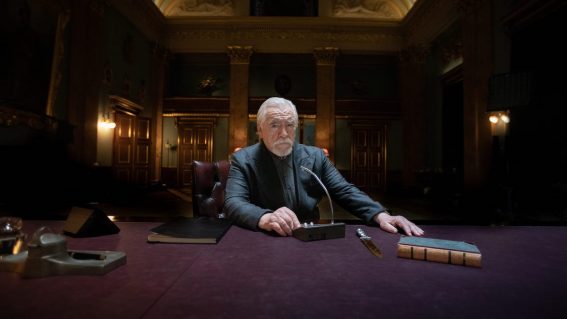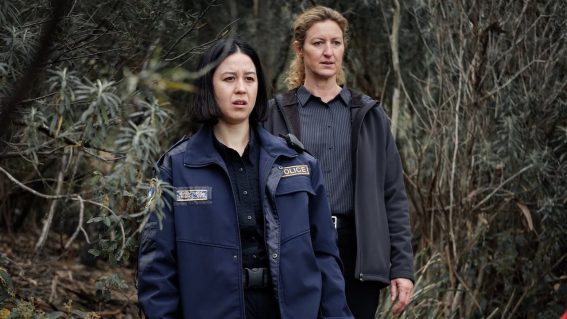The Test follows Australia to the pinnacle of success and the pits of controversy
Their 2023 tour to the UK confirms cricket gets more dramatic when Australia’s involved.
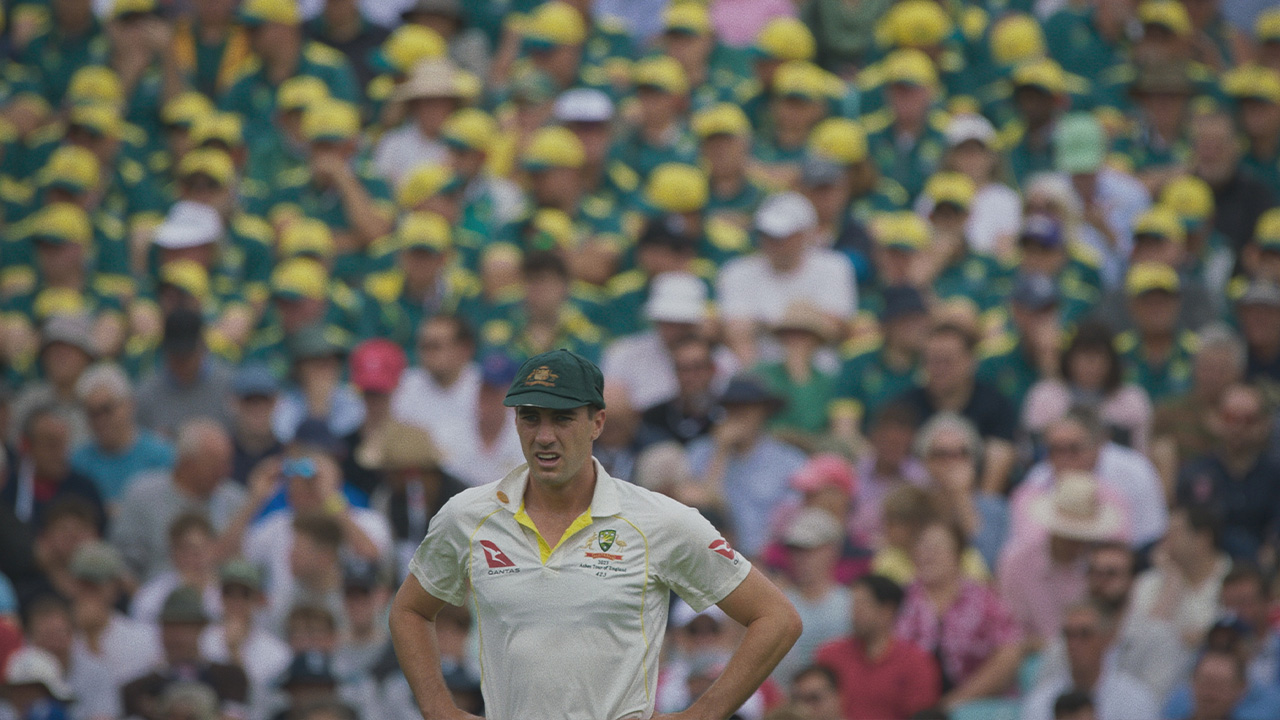

Go behind the scenes with Australia at The Ashes in a thrilling new season of The Test – streaming on Prime Video. It confirms that cricket gets more dramatic when Australia’s involved, says Steve Newall.
Love ‘em or hate ‘em, you have to admit that the Australian Men’s Cricket team is a unique presence on the field—both in terms of converting individual skills into team success and displaying a rugged competitive spirit that frequently tips over into controversy.
None of this was a surprise before Prime Video series The Test was commissioned, its first season chronicling the rebuilding of the side after catastrophic and deeply unsportsmanlike events of the 2018 ball-tampering scandal (aka Sandpapergate). Episodes depicted a struggle to rebuild, as a new coach and captain took over and the team fought to refind its footing amid the din of disapproval from the international cricket community. By the season’s end, disgraced duo David Warner and Steve Smith were back in the side, and Australia retained the legendary Ashes—the trophy fought over by Australia and England in the biennial test series that’s been one of sport’s biggest rivalries.
Offield events proved disruptive during season two of The Test, with newish captain Tim Paine standing down due to improper conduct and newish coach Justin Langer also gone, after rumours of a rift with players over his coaching style). But by the time of this new, third season of The Test, the team has struggled to the precipice of Test greatness, and finds itself about to compete for the World Test Championship title.
Beyond the WTC Final, which sees Australia up against old foes England on the latter’s home turf, the Aussies will stay on for a five-test Ashes series. In front of proudly, loudly, partisan fans, the Southern Hemisphere tourists are going up against “Bazball”—the new style England have adopted under new coach, Brendon McCullum. Bazball (as coined by ESPN Cricinfo UK editor Andrew Miller) was aggressive, brash, and risky even by Australian standards, with big boundary-seeking hitting and confidence in strategic gambles at its heart. Unsurprisingly, the collision of styles with the typically ruthless, often heroic Aussies would make for entertaining contests.
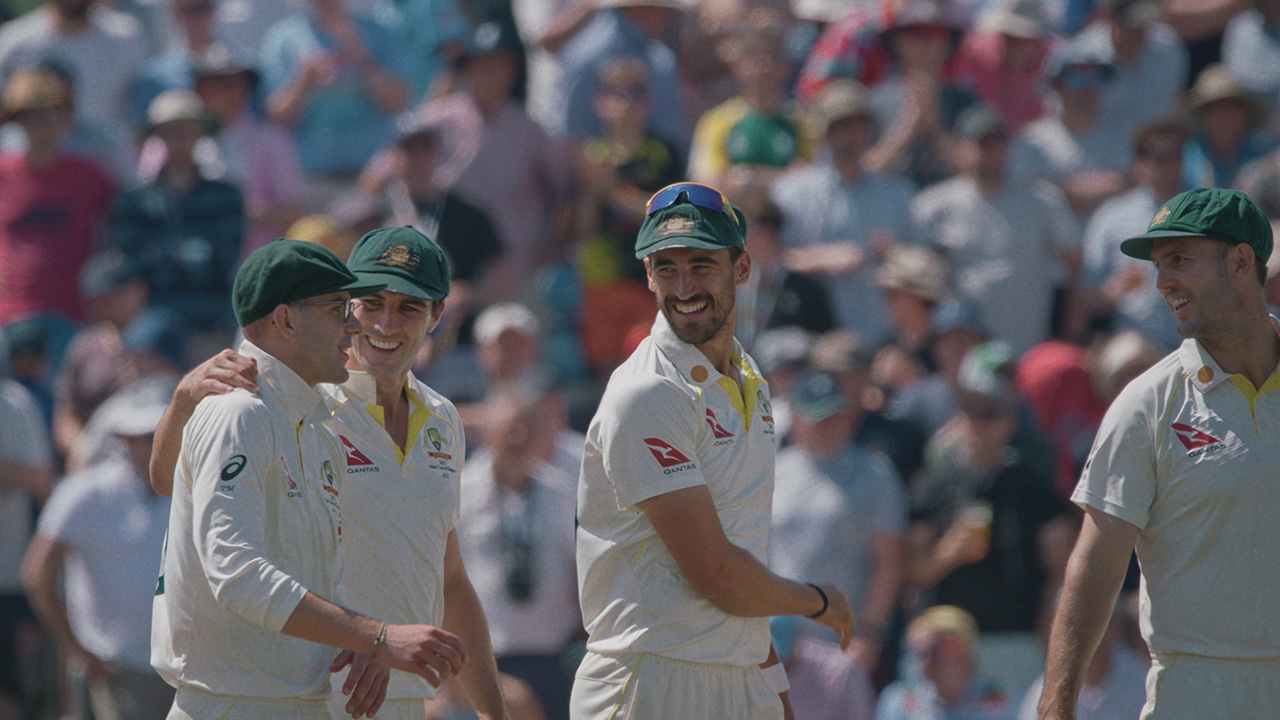
Revisiting the Tests on this tour is a reminder of how great the sport in its five day form is, and the exciting, spirited matches came at a time when there were fears for the future of the test format itself. A showcase was needed—and as they have so many times before, The Ashes provided it.
But there are plenty of ways to reminisce over past matches and highlights reels—what really makes The Test tick is its access to the Australian team, both in interviews and in the dressing room and coaching box as events unfold. This really helps to craft what so much of sport watching is about—as much as the physical feats,or the thrill of not knowing what’ll happen next, it’s the narrative around the matches themselves that fans love. We get invested in so many different storylines: of teams, individuals, and rivalries.
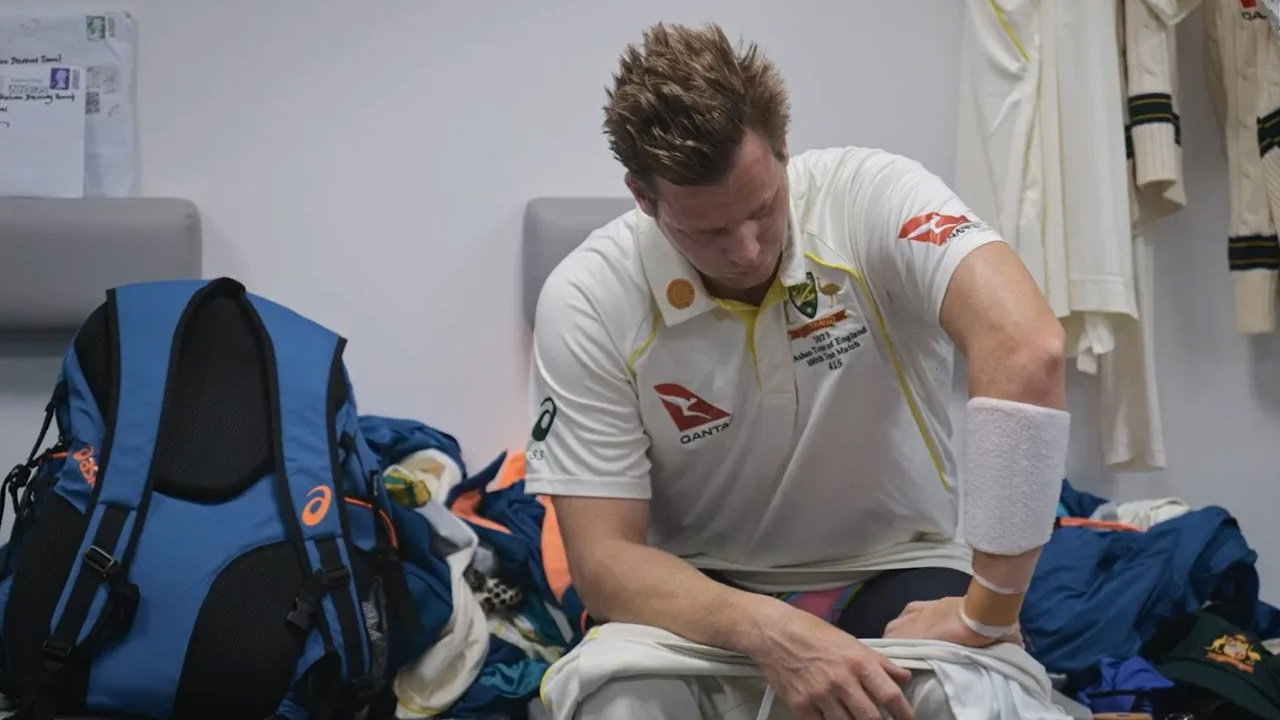
Whatever your sporting allegiance, joining the Aussies on tour in The Test is both entertaining and insightful. Even for those of us who must own up to some strong anti-Australian bias, new sympathies may emerge even as some other (probably unprintable) opinions are confirmed. But whoever scripted the storylines couldn’t have plotted it better when, right amid the biggest contest in cricket, the Australian team once again has their ethics called into question.
The second Test was taking place at Lord’s in London, and the home of cricket had already been treated to four days of a seesawing match. All of a sudden, on the fifth and final day of play, controversy erupts at the hallowed ground. An unorthodox stumping dismissal sees England’s Johnny Bairstow sent back to the pavilion after wandering out of his crease too early one too many times, triggering loud debate on and off the field. At issue is “the spirit of cricket,” an amorphous commitment to gentlemanly conduct no matter the letter of the law. It was felt by many viewers that the dismissal was unsportsmanlike. It also felt reminiscent of Sandpapergate, impugning Australia’s reputation even though the team had gone through so much to rebuild it.
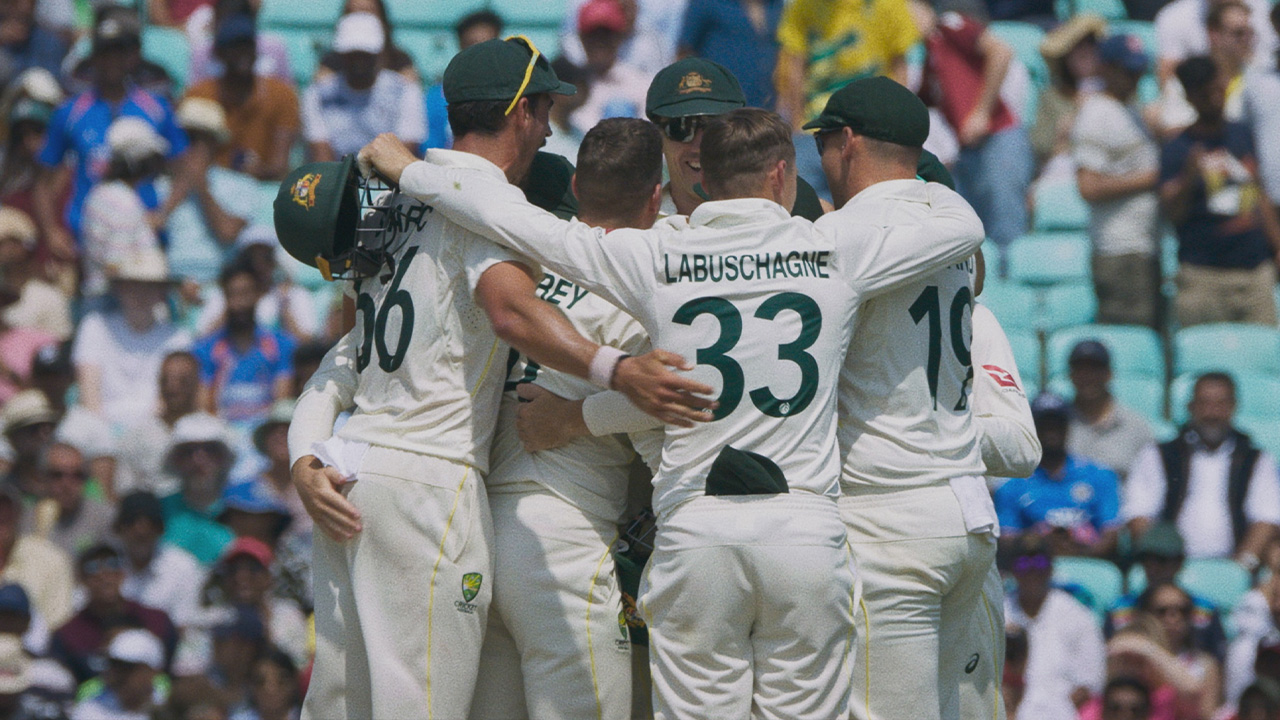
Until this point, The Test’s behind the scenes footage has worked to support the action in the matches themselves: coaching insights, personal motivations, chemistry between teammates. But as the wicket of Johnny Bairstow invites terrifyingly familiar media scrutiny on the Australian team again, it is a rare and fascinating opportunity to see how they react to the situation as it unfolds. We learn about their response to the dismissal at the time, and see the team and staff try to understand where this is all heading (an unflattering viewer might also smell a whiff of self-rationalisation taking place).
Pummelled by the media, abused by the typically posh crowd of Lord’s prestigious Long Room, it’s no surprise the Aussies are reacting just as we’d expect: cheeky smiles, cocky swagger, leaning all the way in. It’s electrifying to see, as well as getting to hear firsthand from the Australians how they said “you write the rules, you f–king idiots” to hecklers, or one player recalling while at lunch in the same room as their opponents, “sitting there like a school kid who shouldn’t be laughing.”
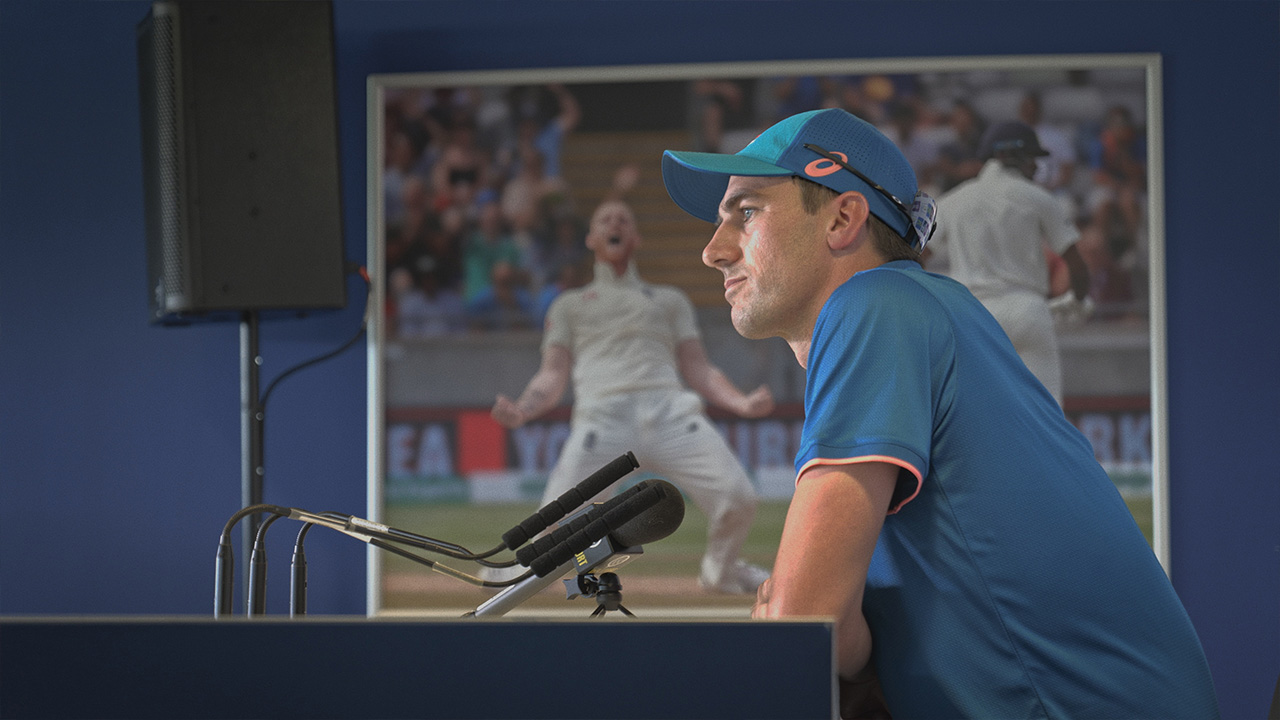
You can’t help but feel for captain Pat Cummins though. His eyes grow increasingly haunted, perhaps by the ghosts of the two controversially departed captains before him, as he fronts for the decision to stump Bairstow (it was after all, his idea). While it pales into comparison to sandpaper, Cummins must have felt an echo of that in the room, a chill up the spine as he has to fend off some pretty cutting criticism. But what is fair play if not a concept to be rigorously examined and defended?
These new episodes of The Test offer plenty to get cricket fans chatting. Test cricket offers plenty of drama, and that’s only heightened when the Australian team is involved. It’s not like you had any doubt about that, but just in case—The Test confirms it.








